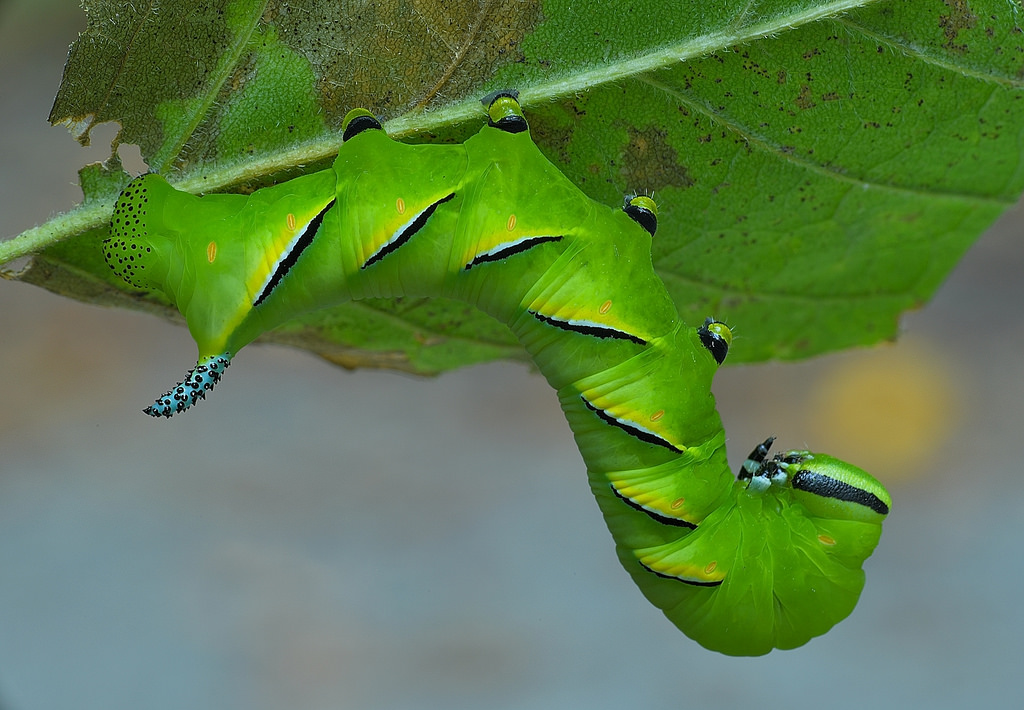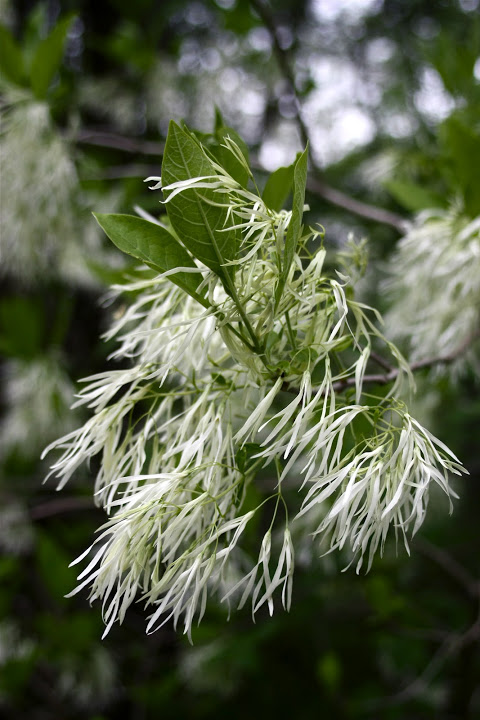White Fringetree
Chionanthus virginicus L.
Description
White fringetree is a shrub or small tree that is a member of the olive family (Oleaceae). Its alternative common names include American fringe tree, old man’s beard and sweetheart tree ¹. Fringetree is frequently a multi-stemmed shrub attaining heights of 20 feet, however in the wild it may be single stemmed and reach 35 feet ². Its opposite, deciduous leaves are oval with acute tips and may be 3 to 8 inches long and 1 to 3 inches wide ¹. Trees are either male or female (dioecious), but some have both types of flowers ¹. The fragarant flowers appear in late April or May and are showy with long, white or cream colored petals ¹. Fruits are blue-black berries ².
Flowers of white fringetree. J. Brighton*, Maryland Biodiversity Project ³
Distribution
White fringetree is distributed in the eastern US from New Jersey to northern Florida and west to eastern Texas and Arkansas. In Maryland it is most common in the eastern parts of the state, although it can be found throughout ³.

Native range of white fringetree. Wikimedia commons 4
Wildlife Importance
White fringetree is host to several sphinx moth species including the Giant Ash Sphinx, Laura Sphinx and Rustic Sphinx ³. Fruits are consumed by birds and small mammals ¹. Yellow-bellied Sapsuckers drill holes for the sugary sap and to attract insects which they consume.
 Laurel Sphinx Moth. M. Tillet*, Maryland Biodiversity Project 6
Laurel Sphinx Moth. M. Tillet*, Maryland Biodiversity Project 6

Laurel Sphinx Moth caterpillar. B. Cammarata*, Maryland Biodiversity Project 6
Economic Importance
White fringetree is widely planted for its showy, fragrant flowers ².
Threats
White fringetree is susceptible to borers, and may be attacked by the Emerald Ash Borer ¹. In some cases die-back occurs due to the use by sapsuckers.
Interesting Facts
- The genus name comes from the Greek words chin for snow and anthos for flower ².
- Native Americans used white fringe tree for various maladies including fever, colic, jaundice and malaria 5.
References
- North Carolina State Extension: Chionanthus virginicus
- Missouri Botanical Garden: Chionanthus virginicus
- Maryland Biodiversity Project: White fringetree
- Wikimedia Commons: Chionanthus virginicus
- HealthBenefits.Com” Health benefits of white fringetree
- Maryland Biodiversity Project: Laurel Sphinx
* Imaged used with permission of photographer.
Contributed by J. Hull

